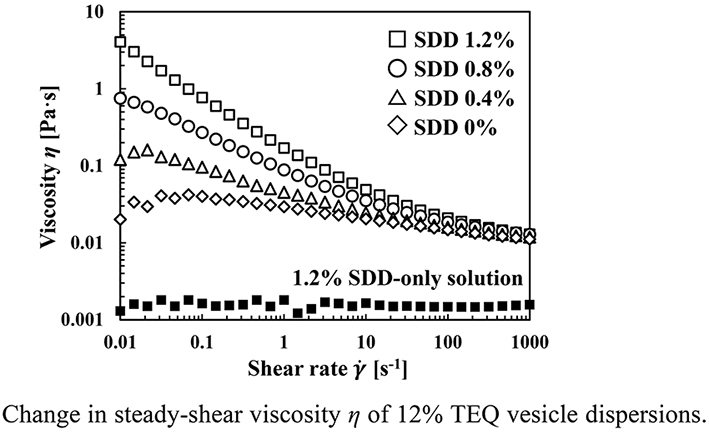
Photo from archive.org
The volatile components produced by Leptolejeunea elliptica (Lejeuneaceae), which is a liverwort grown on the leaves of tea (Camellia sinensis), were collected and analyzed using headspace solid-phase microextraction-gas chromatography/mass spectrometry… Click to show full abstract
The volatile components produced by Leptolejeunea elliptica (Lejeuneaceae), which is a liverwort grown on the leaves of tea (Camellia sinensis), were collected and analyzed using headspace solid-phase microextraction-gas chromatography/mass spectrometry (HS-SPME-GC/MS). 1-Ethyl-4-methoxybenzene (1), 1-ethyl-4-hydroxybenzene (2), and 1-acetoxy-4-ethylbenzene (3) were identified as the major components together with several other phenolic compounds, including 1,2-dimethoxy-4-ethylbenzene, and 4-ethylguaiacol in addition to sesquiterpene hydrocarbons, such as α-selinene, β-selinene, β-elemene, and β-caryophyllene. GC/Olfactometry showed the presence of linalool, acetic acid, isovaleric acid, trans-methyl cinnamate, and trans-4,5-epoxy-(2E)-decenal, as the volatile components produced by L. elliptica.
Journal Title: Journal of oleo science
Year Published: 2020
Link to full text (if available)
Share on Social Media: Sign Up to like & get
recommendations!